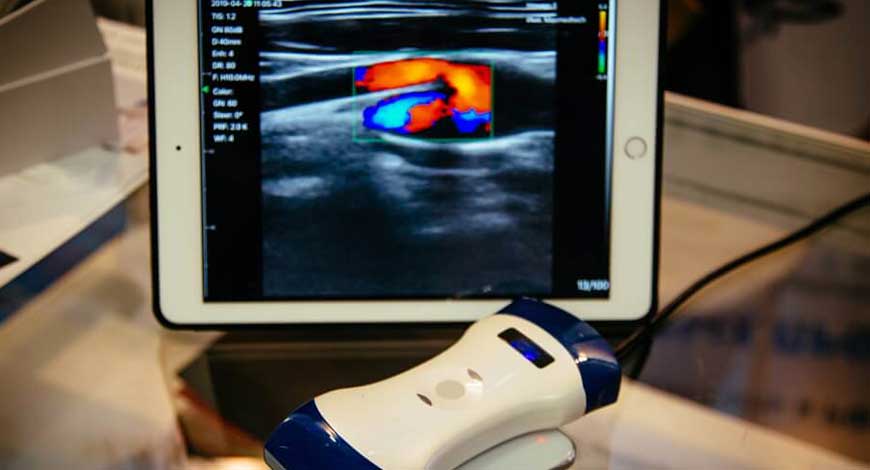Trends
Handheld ultrasound scanners market to reach USD 1.1B by 2032

With the introduction of portable ultrasound scanners, the medical imaging sector has seen a significant transformation recently. A new era of point-of-care diagnostics has begun with these portable devices, which have given medical professionals performing real-time imaging tests remarkable convenience and flexibility. Because handheld ultrasound scanners market sales have the potential to improve patient care in a range of medical contexts, the market for these devices is growing quickly.
The market’s growth trajectory is underpinned by a range of advantages that handheld ultrasound scanners bring to the table. Their compact size, user-friendly interface, and wireless connectivity empower clinicians to conduct quick and targeted ultrasound examinations directly at the patient’s bedside. This immediacy has proven invaluable in emergency situations, critical care scenarios, and even remote or resource-limited areas where access to traditional bulky ultrasound equipment might be restricted.
Between 2022 and 2032, the global handheld ultrasound scanners market is expected to grow at a 9.1% CAGR, reaching US$ 472.1 Million by the end of 2022. By 2032, sales are expected to exceed a valuation of US$ 1.1 billion. The wired modality is the market leader, with an estimated 83.6% market share in 2021.
Handheld ultrasound scanners are finding applications across a spectrum of medical specialties, further contributing to the market’s expansion. In obstetrics and gynecology, these devices offer the convenience of real-time visualization during pregnancy examinations, facilitating quicker assessments and improved patient interactions. Similarly, in cardiology, handheld ultrasound scanners enable rapid assessments of cardiac function, aiding in early diagnosis and monitoring of heart conditions. Beyond these fields, these devices are proving their worth in orthopedics, primary care, and even veterinary medicine.
One of the driving forces behind the market’s growth is continuous technological innovation. Advancements in miniaturization, imaging sensors, and data processing capabilities have led to handheld ultrasound scanners delivering high-quality images that rival those of traditional larger systems. Moreover, the integration of artificial intelligence and machine learning algorithms is enhancing diagnostic accuracy by assisting clinicians in interpreting images and detecting abnormalities.
While the handheld ultrasound scanners market holds immense promise, it also faces certain challenges. Ensuring adequate training for healthcare professionals to effectively use and interpret the technology is crucial. Additionally, maintaining a balance between portability and image quality remains an ongoing concern for manufacturers.
Looking ahead, the future of the handheld ultrasound scanners market appears promising. As technology continues to evolve, we can expect even more compact and versatile devices that cater to a broader range of medical applications. The democratization of medical imaging through handheld scanners is likely to bridge healthcare disparities and improve patient outcomes across the globe. Future Market Insights













